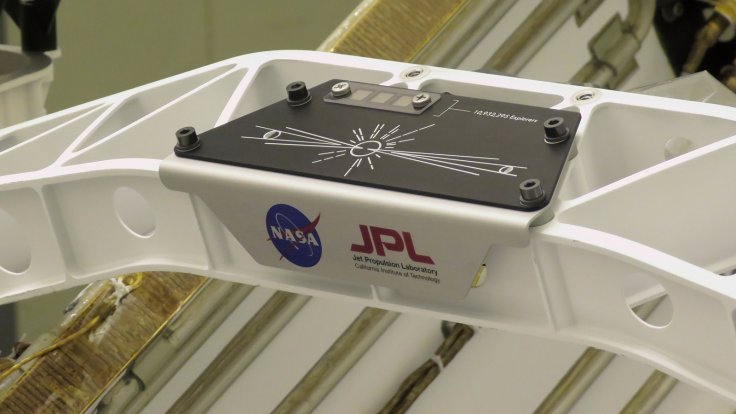NASA's Perseverance rover which will search for signs of past microbial life on Mars and also collect samples for future return to Earth has got its wheels and parachute.
Perseverance is scheduled to liftoff aboard a United Launch Alliance Atlas V 541 rocket from Cape Canaveral Air Force Station in Florida in July. NASA on Friday said final assembly and testing of the rover is continuing at Kennedy Space Centre in Florida as the July launch window approaches.
Wheels re-engineered version of Curiosity's
Perseverance received its six flight wheels on March 30. While the rover took a test drive last December, it was on "flight spares" that wouldn't be making the trip to Mars. Designed for the kind of off-roading Perseverance will perform on the Red Planet, the wheels are re-engineered versions of the ones NASA's Curiosity has been using on its traverses of Mount Sharp.

Machined out of a block of flight-grade aluminum and equipped with titanium spokes, each wheel is slightly larger in diameter and narrower than Curiosity's, with skins that are almost a millimetre thicker. They also feature new treads, or grousers: In place of Curiosity's 24 chevron-pattern treads are 48 gently curved ones.
Extensive testing in the Mars Yard at NASA's Jet Propulsion Laboratory, which built the rover and manages operations, has shown these treads better withstand the pressure from sharp rocks and grip just as well or better than Curiosity's when driving on sand.
Parachute added to the backshell
The job of adding Perseverance's parachute to the backshell, where the rover will be stowed on the journey to the Red Planet, took several days and was finished on March 26, NASA said, adding that when deployed at about 11 kilometres above the Martian surface, the chute will take about a half-second to fully inflate its 21.5-metre-wide canopy.
The Perseverance rover is a robotic scientist weighing 1,025 kg. No matter what day Perseverance launches during its July 17-August 5 launch period, it will land on Mars' Jezero Crater on February 18, 2021, NASA siad.
Perseverance is part of a larger programme that includes missions to the Moon as a way to prepare for human exploration of the Red Planet. Charged with returning astronauts to the Moon by 2024, NASA will establish a sustained human presence on and around the Moon by 2028 through NASA's Artemis lunar exploration plans.









